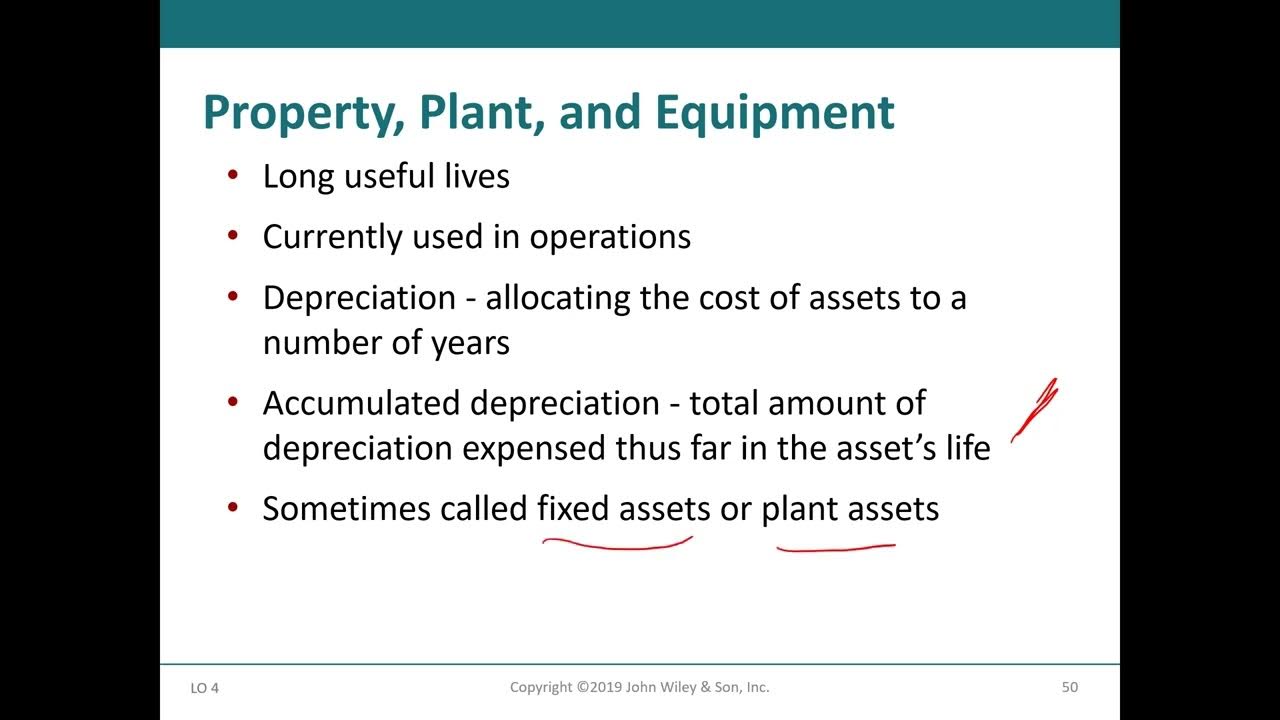#Part1 Ch 14 Long Term Payable (Bond Payable) - Akuntansi Keuangan Menengah 2
Summary
TLDRIn this video, the speaker discusses Chapter 14 of Financial Accounting, focusing on long-term liabilities with a particular emphasis on bonds (obligations). Key topics include the definition of long-term liabilities, the issuance of bonds, the different types of bonds (such as callable and convertible), and the accounting for bond issuance and payments. The speaker also explains concepts like net present value (NPV) and coupon interest rates, using examples from companies like Vodafone and Telkom. This session is essential for understanding how businesses manage and report long-term debts and obligations in financial statements.
Takeaways
- 😀 The main topic of the lecture is long-term liabilities in financial accounting, focusing on bonds and how they are accounted for.
- 😀 A long-term liability is defined as a debt or obligation that is not due within one year or within the operating cycle of a company.
- 😀 Long-term liabilities are crucial for businesses that need to raise significant capital without issuing additional shares.
- 😀 Bonds (obligasi) are a key type of long-term liability, and various bond types such as collateralized, callable, and convertible bonds are discussed.
- 😀 The presentation highlights the process of bond issuance, where companies raise capital by issuing bonds to investors.
- 😀 Net Present Value (NPV) is essential in bond accounting, as the value of future payments (like principal and interest) must be discounted to present-day value.
- 😀 The coupon rate (interest rate) of a bond is the agreed-upon rate that the issuer will pay periodically to bondholders.
- 😀 The market interest rate significantly influences bond prices; if the bond’s coupon rate is higher than the market rate, the bond price will increase.
- 😀 Market conditions, such as supply and demand, risk, and economic factors, impact bond pricing and investor preferences.
- 😀 The lecture explains how accounting standards (such as PSAK) classify liabilities and determine whether they should be recognized as short-term or long-term.
- 😀 The lecturer uses examples from companies like Vodafone and Telkom to illustrate how bonds are priced and traded in the market.
Q & A
What is the primary focus of Chapter 14 in the script?
-The primary focus of Chapter 14 is on understanding long-term liabilities, particularly bonds, and how they are accounted for from issuance to repayment.
What are the characteristics of long-term liabilities as discussed in the script?
-Long-term liabilities are obligations that do not meet the criteria for short-term liabilities. They are usually due after a period longer than one year and may involve economic resource transfers such as cash or other assets.
What defines short-term liabilities according to the script?
-Short-term liabilities are those that are due within one year or within one operating cycle of a company. This includes obligations such as accounts payable or debts due within a year.
What are the different types of bonds mentioned in the script?
-The script mentions several types of bonds, including secured bonds, unsecured bonds, callable bonds, serial bonds, and convertible bonds.
What is the significance of a callable bond?
-A callable bond is a type of bond that can be redeemed by the issuer before its maturity date, typically when interest rates are favorable, allowing the issuer to reduce interest payments.
How does the script explain the concept of bond issuance and its accounting treatment?
-The script explains that when a company issues bonds, it receives cash from the bond buyers and records this as a liability. Over time, the company must make periodic interest payments and eventually repay the principal amount of the bonds.
What role does the market interest rate play in bond pricing according to the script?
-The market interest rate influences the price of bonds. If the bond's coupon rate is higher than the market rate, the bond will sell for a premium; if it's lower, the bond will sell at a discount.
What is the difference between coupon interest and market interest in the context of bonds?
-Coupon interest is the fixed interest rate that the issuer promises to pay bondholders, while market interest refers to the prevailing interest rate in the market, which can affect bond pricing.
How is the net present value (NPV) of a bond calculated?
-The NPV of a bond is calculated by discounting the bond's future cash flows, including both the principal repayment and periodic interest payments, to their present value using the current market interest rate.
What is the impact of bond ratings and market conditions on bond prices?
-Bond ratings and market conditions significantly impact bond prices. A higher rating leads to lower interest rates and higher bond prices, while poor market conditions or low ratings might lead to higher yields and lower bond prices.
Outlines

This section is available to paid users only. Please upgrade to access this part.
Upgrade NowMindmap

This section is available to paid users only. Please upgrade to access this part.
Upgrade NowKeywords

This section is available to paid users only. Please upgrade to access this part.
Upgrade NowHighlights

This section is available to paid users only. Please upgrade to access this part.
Upgrade NowTranscripts

This section is available to paid users only. Please upgrade to access this part.
Upgrade NowBrowse More Related Video

Long Term Liabilities (Utang Jangka Panjang) - Oleh : Ades Marsela, M.Pd

Pengantar Akuntansi II - Liabilities (Part I)

IAS 32 Financial Instruments Presentation | IFRS Lectures | ACCA Exam | International Accounting

Cara Mudah Memahami Persamaan Akuntansi

Konsep Dasar Akuntansi: Cara Memahami Dasar Dasar Akuntansi dengan Mudah

Financial Accounting 1: 13- Sections Of A Classified Statement Of Financial Position (شرح بالعربي)
5.0 / 5 (0 votes)